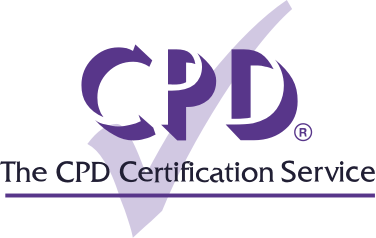Human beings are blessed with many senses and therefore equally many ways to input and process information. One of the essential and important methods with which we learn is audio. In recent years, there has been a boom in hybrid learning, with educators eagerly integrating auditory stimuli into the teaching of children, businesses and all manner of industries.
This CPD article will explore this method of education, and will help to explain what audio leaning is, the importance for teaching and learning, as well as some creative ways to use audio in the classroom to improve learning.
What is audio based learning?
Currently, it can be said that methods of learning can be boiled down into three basic styles:
- Visual learning (sight)
- Auditory Learning (sound)
- Kinetic Learning (touch)
Audio based learning is a type of learning where listening and speaking are the main communication skills utilized. Whilst kinetic learning for tradecraft and sports, as well as visual learning, such as slides, blackboards and books have been a mainstay of teaching for hundreds of years, the focused use of audio in the classroom is a relatively new methodology but is going from strength to strength.
Some students may be natural auditory learners, while others may prefer visual or kinesthetic modes of learning. However, incorporating all types of learning styles and formats into lessons can help students absorb even more of the information that they are being presented with.
Why audio is important for teaching and learning?
The closure of schools worldwide during the COVID-19 Pandemic cemented the importance and adaptability of audio in teaching and learning. Rather than education grinding to a halt as many had feared, learning could continue at home or outside of traditional learning environments via audio files, podcasts, recorded lectures etc. The recent rise in audio for teaching was also greatly driven by the increased distribution and economic accessibility of phones and technological devices like tablets and smart watches.
In the past few years, teachers have started to understand the advantages of audio based learning and are incorporating more of these resources into teaching and learning. It is increasingly common for teachers to utilize podcasts or audiobooks into their lesson plans in order to tap into the variety of benefits audio learning can offer.
A classroom audio system can help enhance a speaker’s pronunciation, tone and inflection, which enables the students to better comprehend. According to the Mainstream Amplification Resource Room Study (MARRS study)1, when students receive audible instruction with an amplification, all commented that the amplified voice helped them to pay attention and better understand directions. If a student cannot hear or understand correctly, there is often a lack of confidence to participate in any discussion or ask for further explanation. With improved classroom audio and a better grasp of concept, this assurance brings forward more student contributions and increased classroom participation.
Audio can cause less stress in the classroom and fewer discipline issues. With the help of microphone amplification, teachers can speak in their natural voice to teach their lessons and students no longer feel as though they either being admonished or ignored. Some studies have shown that the use of audio can have the effect of amplifying a teacher’s voice, resulting in exceptional improvement in reading and language test scores for all students at any level.
While audio based learning has slowly become a staple tool to use in the classroom, it has also grown in popularity as a form of hybrid learning for adults and those undertaking Continuing Professional Development. (Learn more about Podcasting as a form of learning in our previous article.)














